An easy to make non-fried sabudana vada recipe using the aebleskiver (appe) pan. This one is delicious and makes a perfect appetizer.
Plus, it is perfect for fasting days or otherwise.
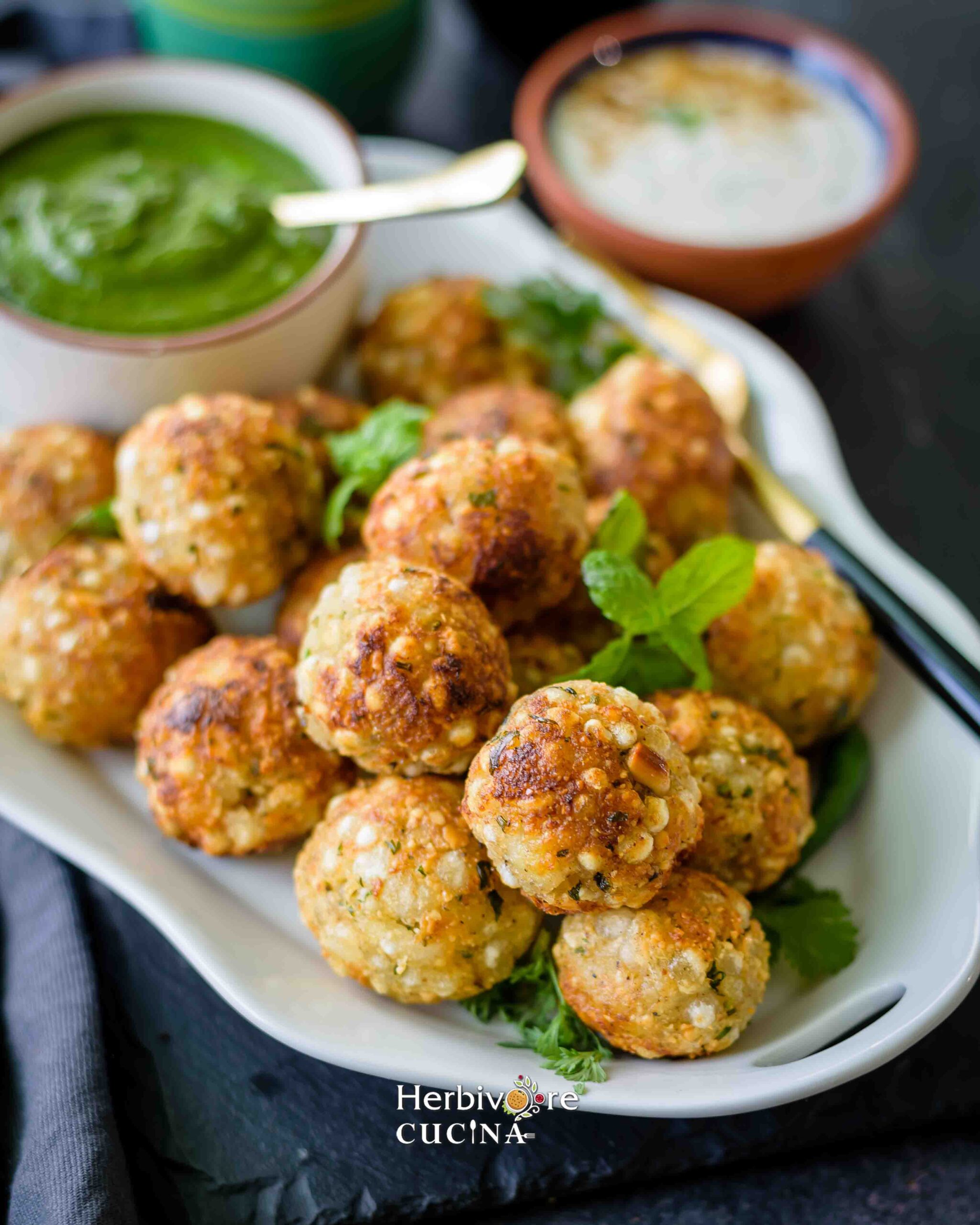
Jump to:
Sabudana or tapioca is a popular ingredient. It is a delicious ingredient that is super versatile. From frying, sautéing, boiling or stir-frying; each method gives us a very different recipe.
This ingredient is a hero in fasting. Indian fasts are spread throughout the year and are followed by a lot of people. From ekadashi to janmashtami, navratri to shravan mahina; these fasts call for delicious recipes. And there is a set of ingredients to consume during the fasts.
Sabudana, kuttu, samo, rajgira, quinoa and potatoes are popular in these fasts. And sabudana is the undisputed favorite from the list.
What is Sabudana
Sabudana or Indian sago is a starch made from the roots of cassava plant. This is neither a grain nor cereal; making it great for fasting just like quinoa and rajgira.
They are a great ingredient to use in recipes for fasting days and for other days too.
These pearls are pure starch; making them high in calories and carbohydrates. These keep us fuller for longer time. While it is great on fasting days, sabudana is not the perfect ingredient if you are trying to loose weight.
In Gujarat and Maharashtra sabudana is predominantly used in fasting recipes. Sabudana Kheer, Sabudana Khichdi and Sabudana Pancakes are the popular ways to enjoy them.
About Non-fried Sabudana Vada
Sabudana Vada is a very popular Maharashtrian recipe. Famous all over Mumbai; there are some places that make these vadas like no other.
While traditionally the vadas are deep fried till crisp; we make them in the aebleskiver or appe pan.
This is done to reduce the oil consumed in making them. Each vada will require only 1 teaspoon oil to prepare. This is considerably lower than the fried one.
Moreover, the same recipe can be used to bake or air fry the vada too. All these methods yield delicious non-fried vadas in no time!
Why this recipe works
- It is Vegan friendly and gluten-free.
- We make the recipe in a fraction of the oil compared to the fried version.
- This recipe is quick to make; especially after the mix is ready.
- We use all the fast friendly ingredients; making these vadas great for Indian fasts like ekadashi, navratri, shravan mahina, mahashivratri.
- These are super easy to make.
- Perfect as an appetizer or snack. Even as a great meal!
- Non-fried sabudana vada are naturally no-onion and no-garlic.
- It is easy to add vegetables to these; just shred or chop them and add to the mix.
Ingredients and Substitutions
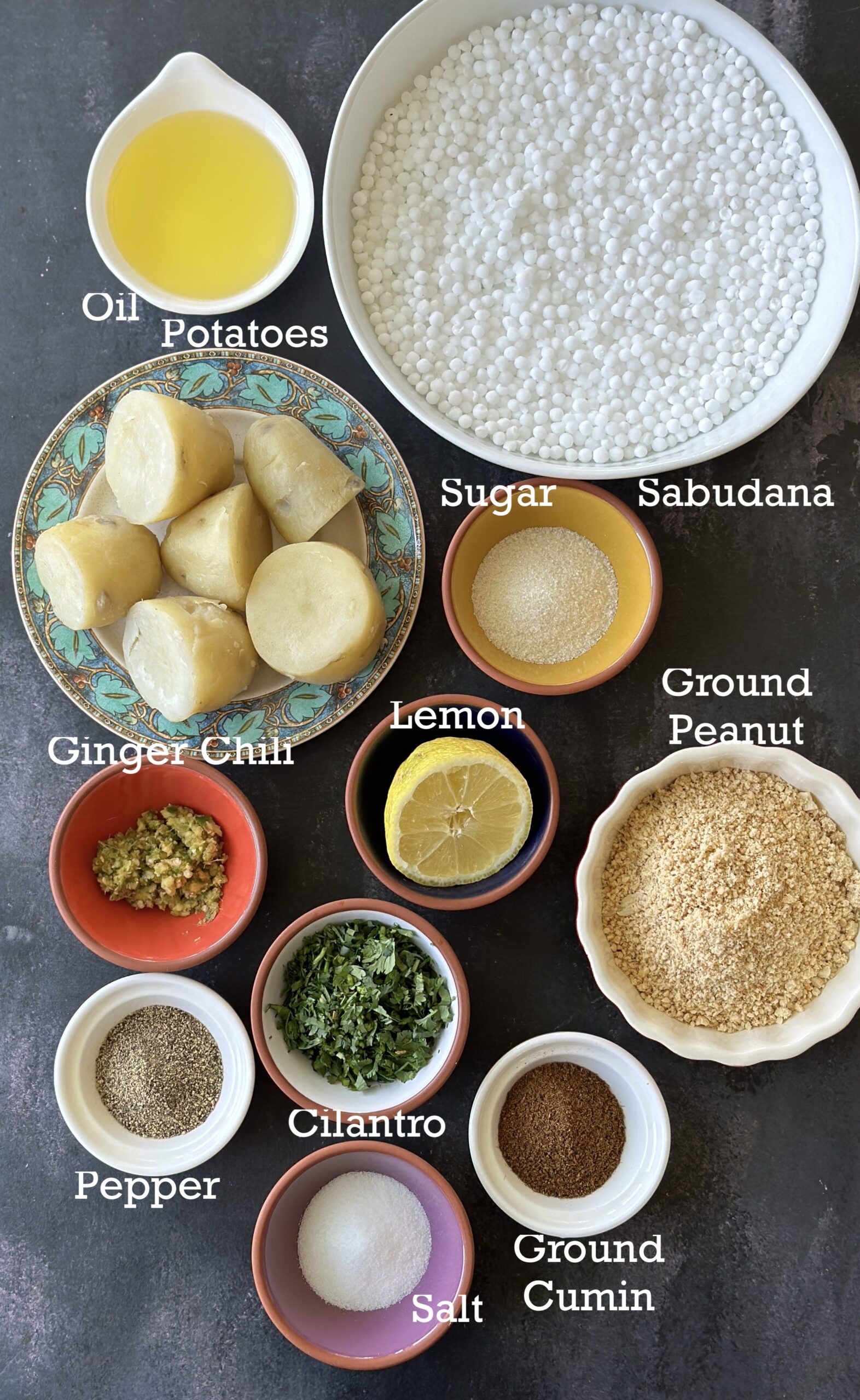
- Sabudana: We use sabudana for the vadas. Soak and use in the recipe. I like to use medium sabudana here; however the tiny ones work too.
- Potatoes: Boiled and mashed potatoes help bind the sabudana pearls with seasonings really well.
- Ginger Chili: The perfect ingredient to add spice and flavor to the vadas; I use blended ginger chili paste. However, using grated ginger and minced chili works too.
- Peanuts: Roasted peanut powder is a great ingredient. It adds a nutty flavor and binds everything well.
- Seasonings: The seasonings in the recipe are rather simple. Simply add salt, pepper powder, ground cumin and a dash of sugar with lime juice. These are all fasting friendly. However, leave out any ingredient that you do not consume in fasts.
- Oil: We need oil in the recipe. However, it is just a fraction of what we use for fried vadas.
- If not making for fasting, feel free to add vegetables like carrots, beans, pepper, corn etc. They do taste great with the sabudana.
See the recipe card for detailed ingredient information, measurements and nutrition.
How to make this recipe
1- Rinse 1 cup sabudana well and soak in ¾ cup water for at least 6 hours or overnight.
2- After soaking, the pearls should be soft. Plus, there should not be any water left in the bowl.
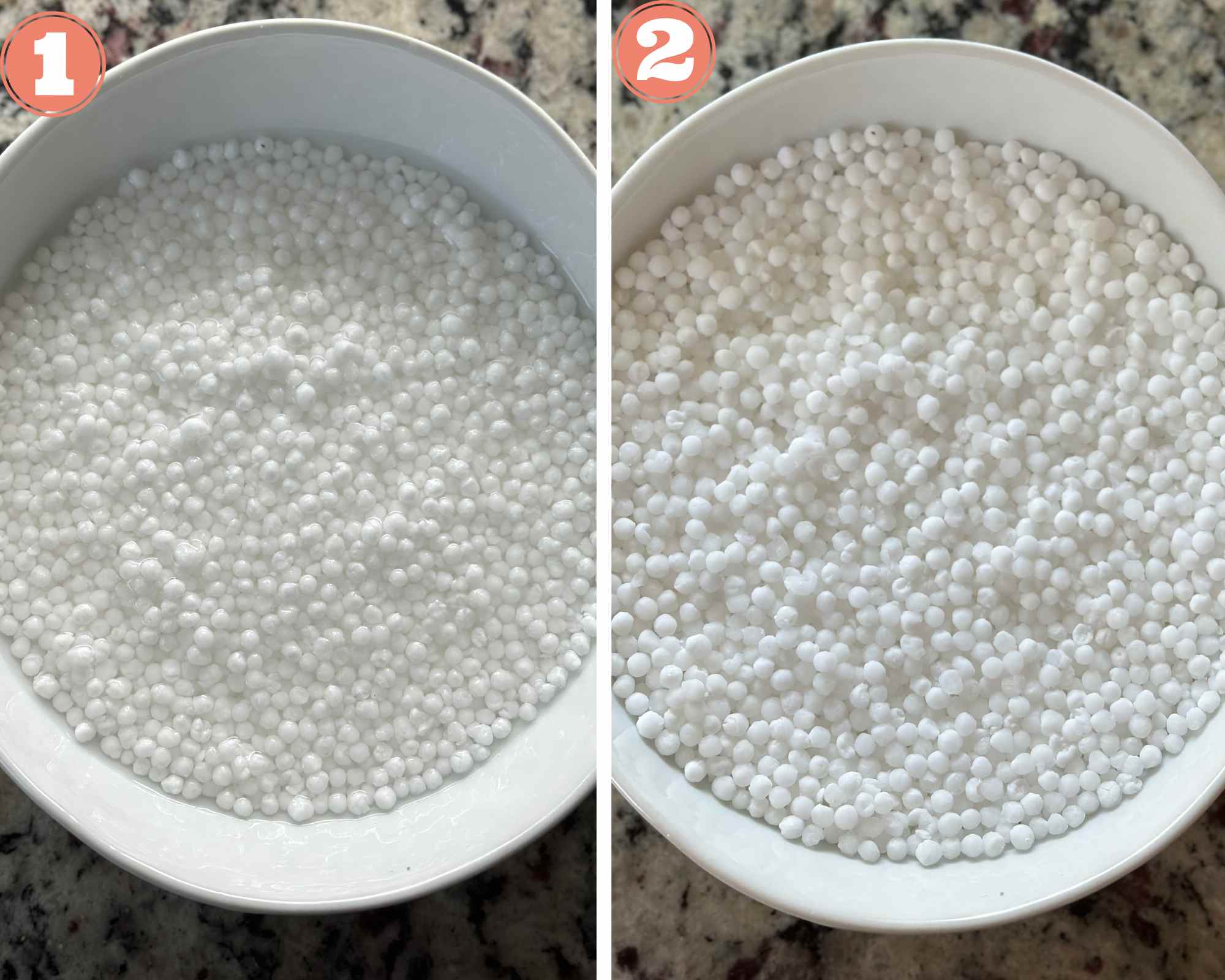
3- Dry roast the peanuts on medium flame. Once they are aromatic, remove from flame and cool.
4- Then remove the shells and process to a coarse powder; set aside.
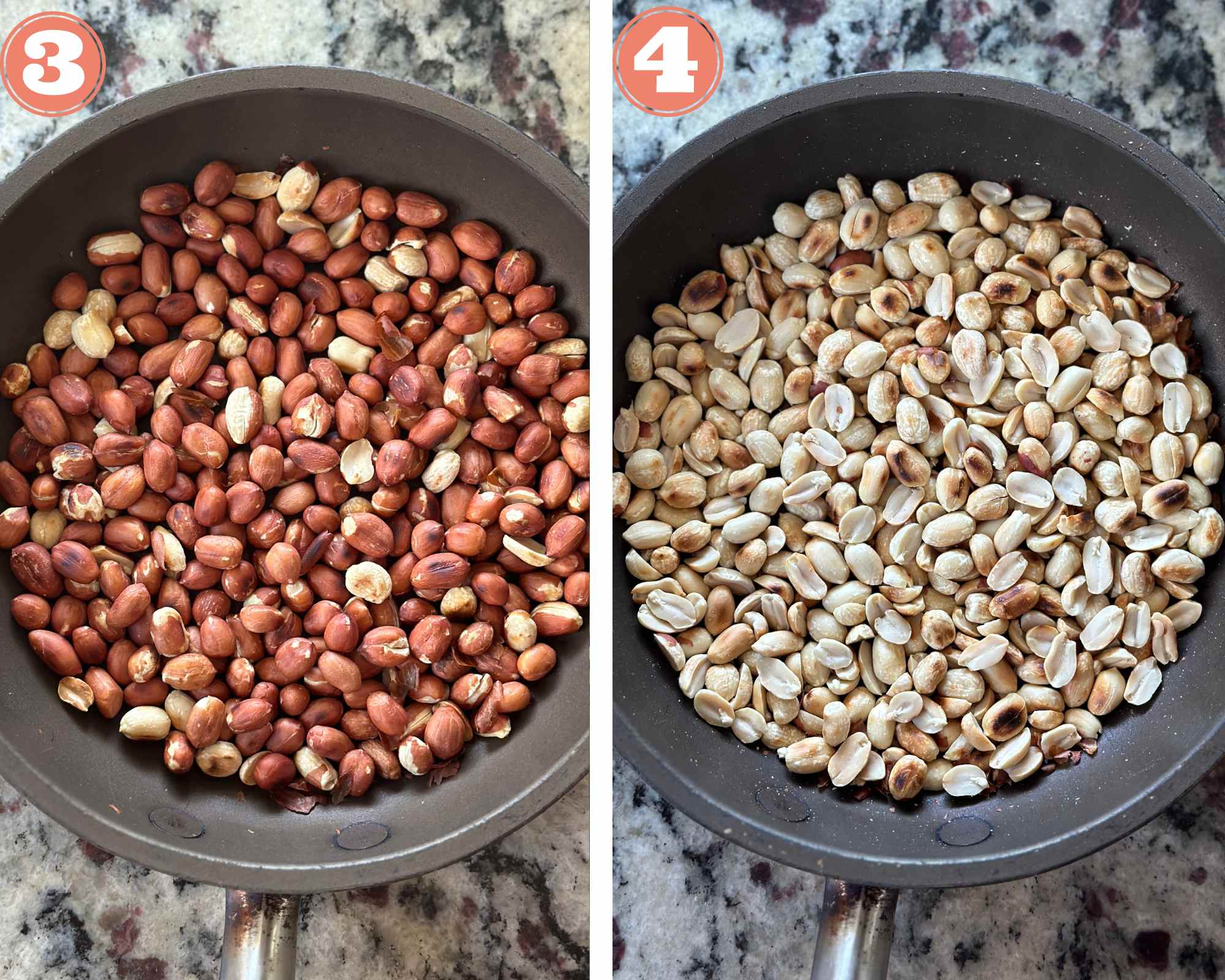
5- Pressure cook the potatoes with a pinch of salt.
6- Then peel and mash them; set aside.
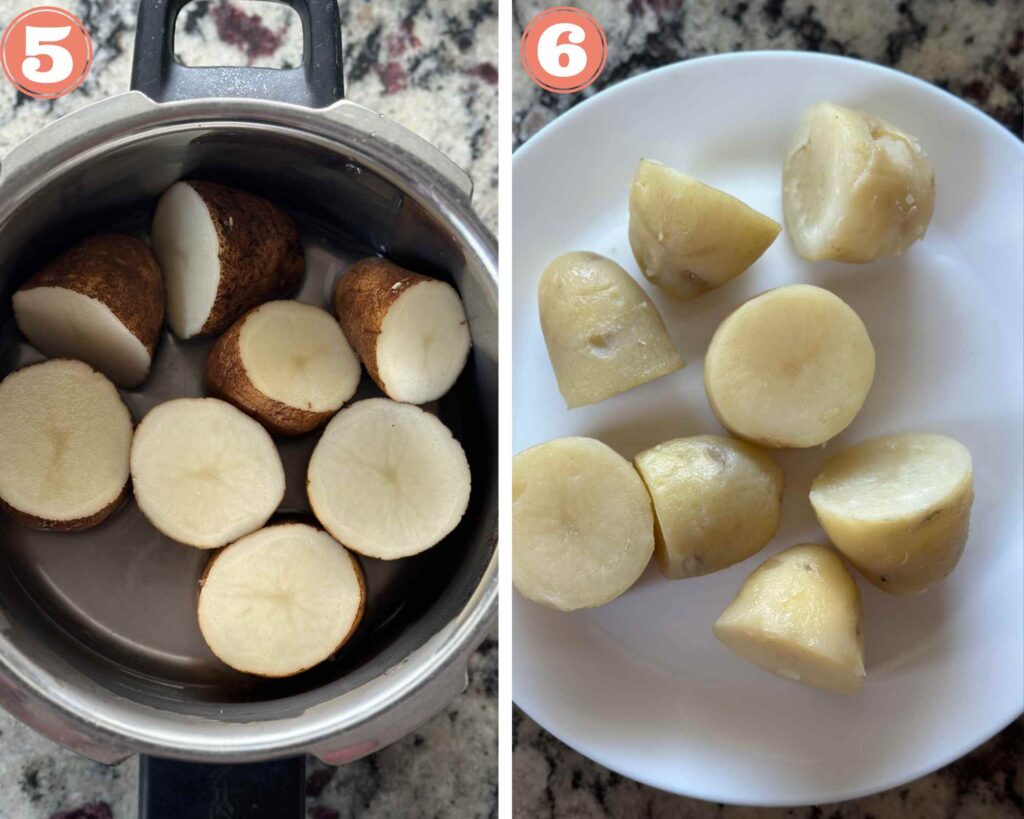
7- In a bowl add these
- 1 cup Sabudana
- 2 medium Potatoes
8- Then add all these ingredients except oil to the bowl.
- ⅓ cup Roasted peanut powder.
- 1 teaspoon Green chili and ginger paste
- ¼ cup Cilantro (chopped)
- 1 tsp Cumin Powder
- ½ tsp Black Pepper Powder
- 1 tsp Salt
- 1 ½ tsp Sugar
- 1 tsp Lime Juice
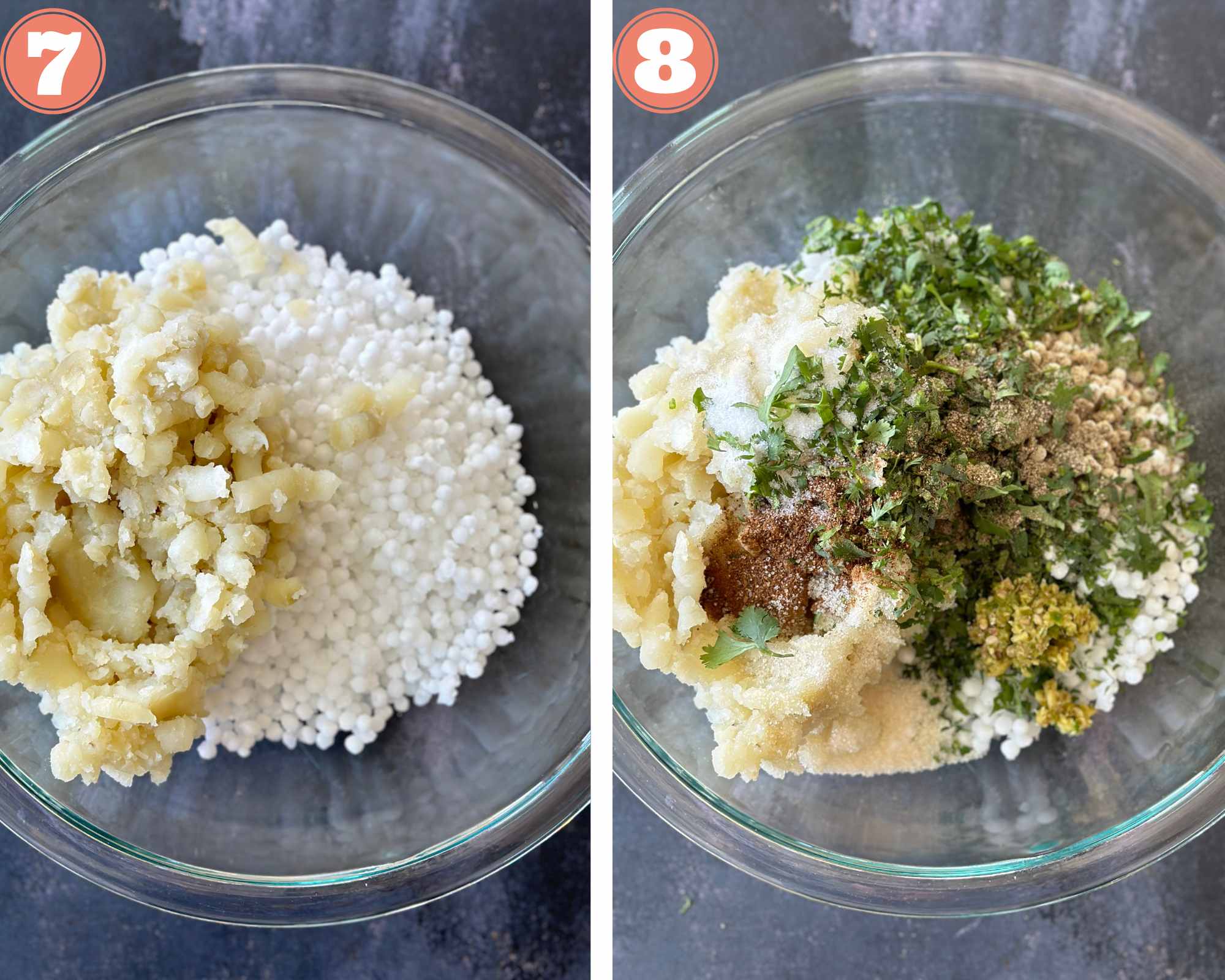
9- Using a potato masher or your palms mash the mixture well.
10- Apply some oil on your palms and divide the mixture into 22-23 parts. Roll them into round balls and set aside.
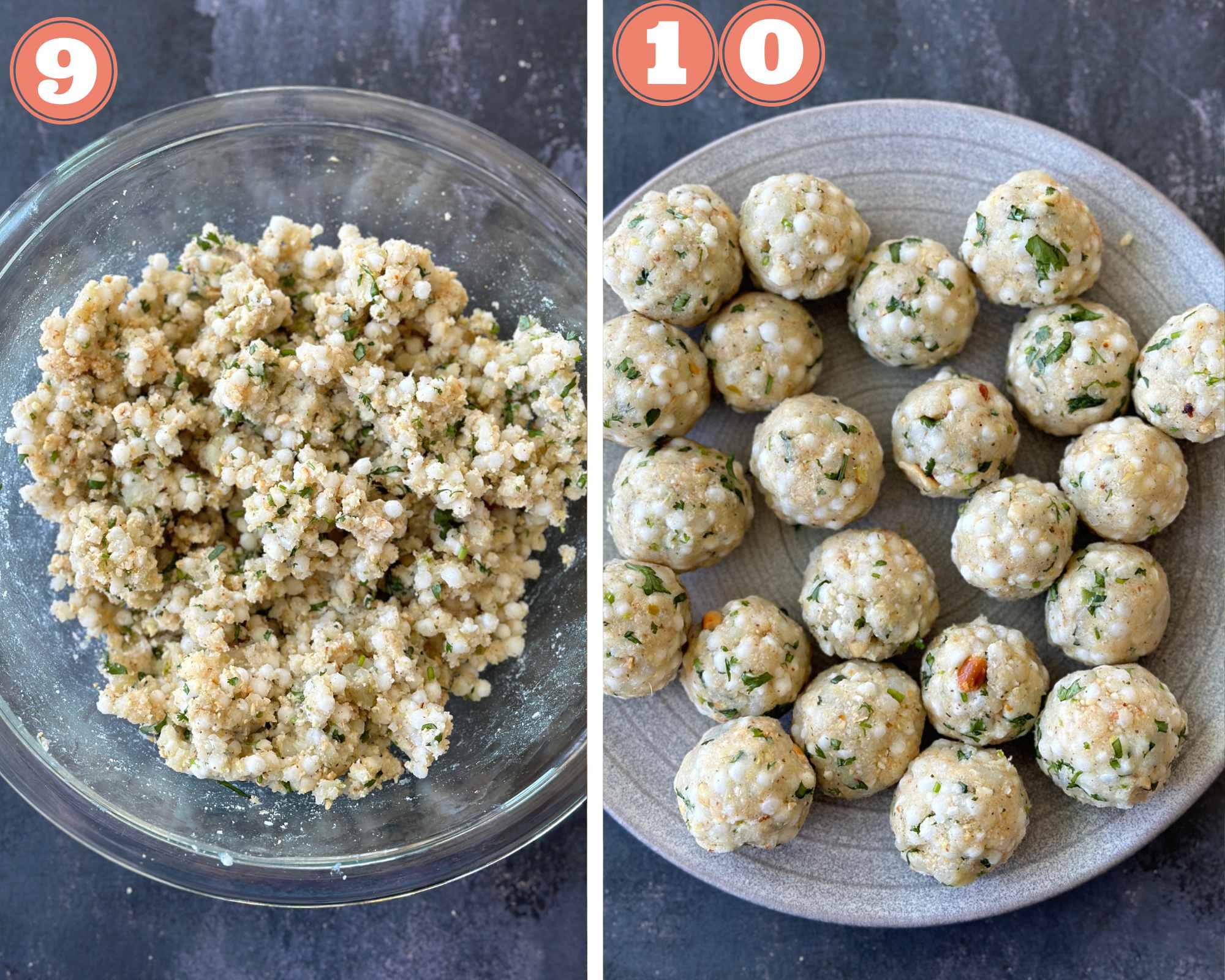
11- Heat an aebleskiver pan and add ½ teaspoon oil in the cavities.
12- Place one vada in each cavity and cook for a couple of minutes; till they turn brown.
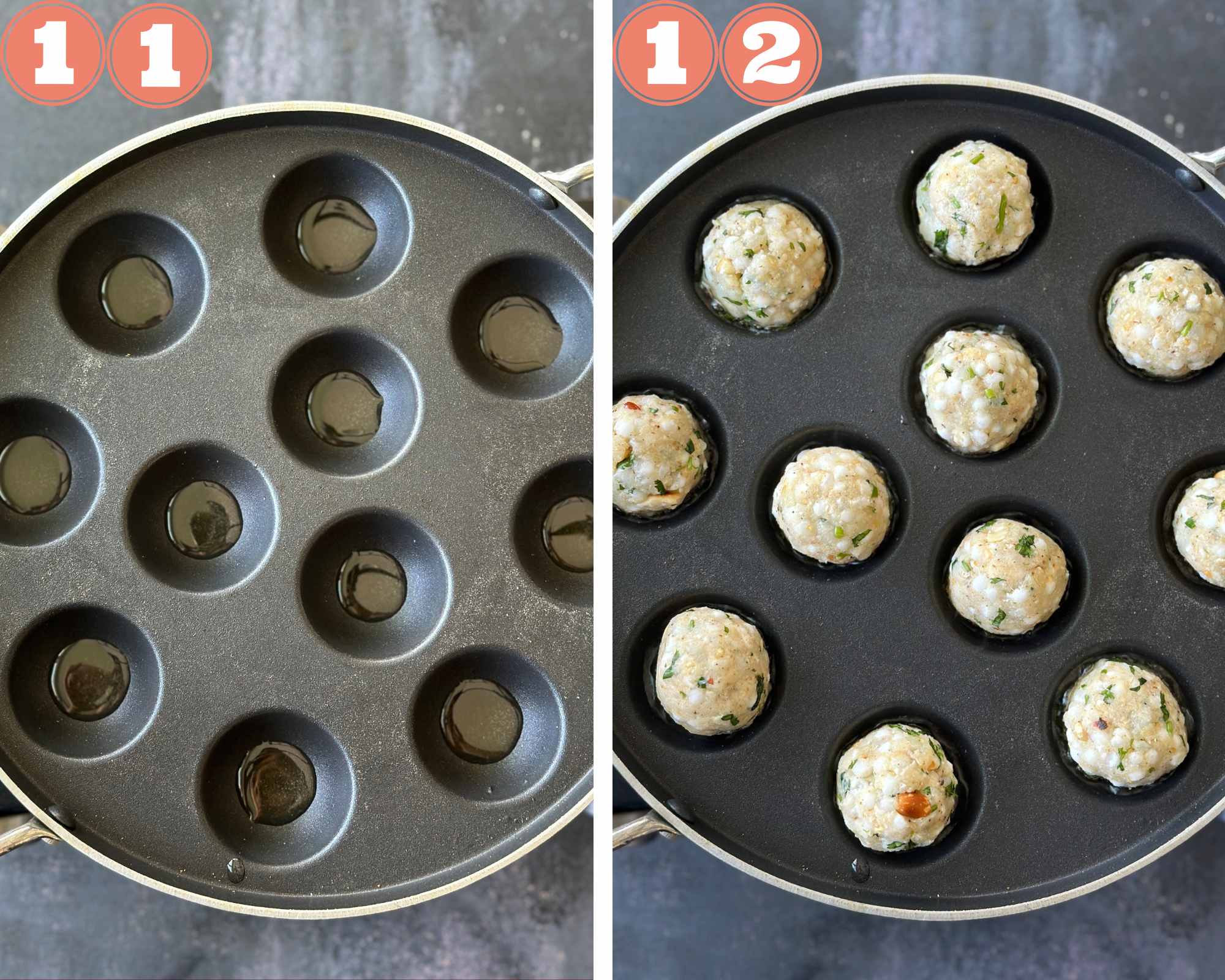
13- Turn them and brown on all sides for 4-5 minutes. Remove from the cavities.
14- Serve with cilantro chutney or tomato ketchup. These vadas taste great with masala chai.
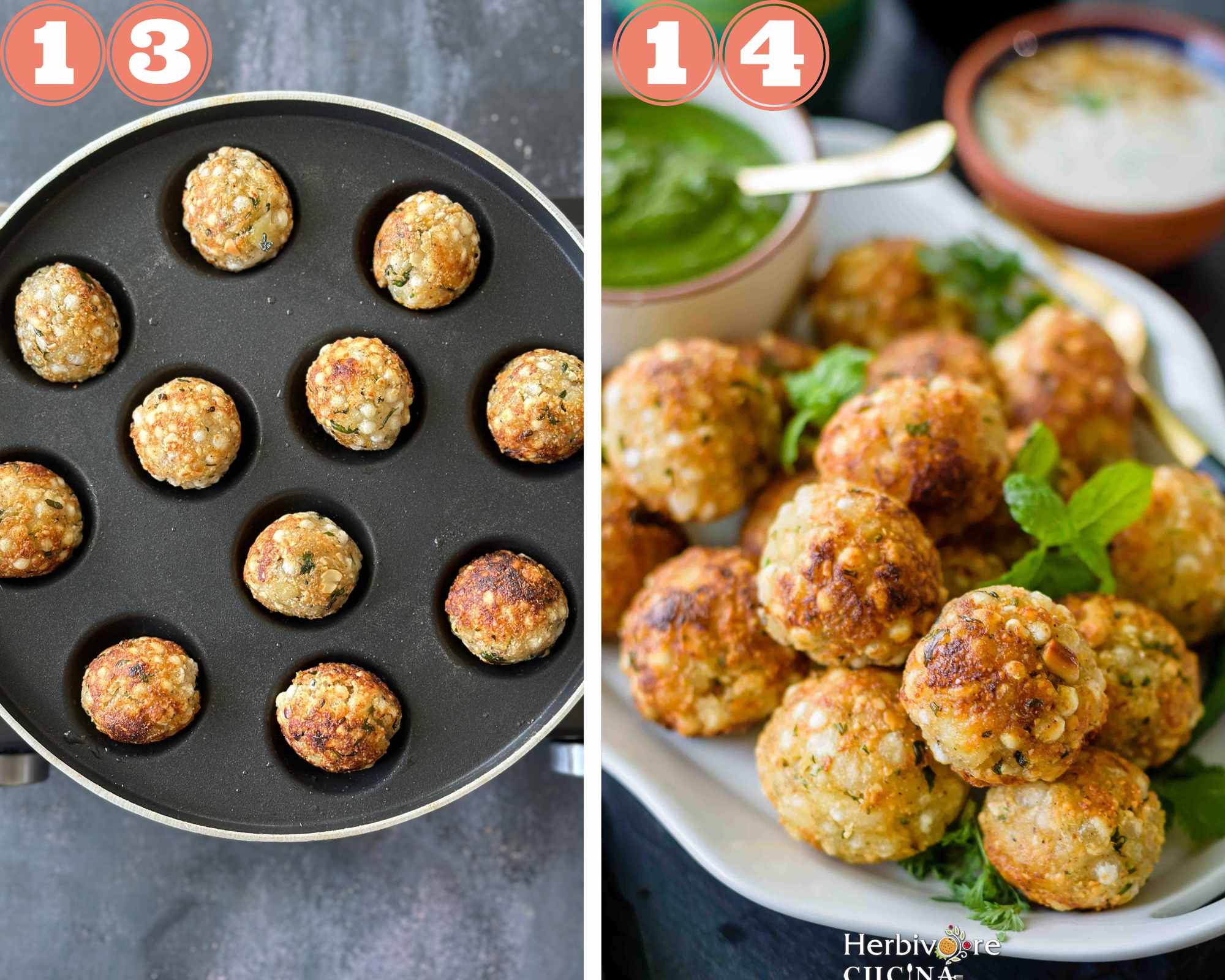
Making these in the Air Fryer
To make these non-fried sabudana vada in the air fryer; preheat the air fryer to 395 F (200 C). Place the sabudana vadas in a single layer, leaving some space between them.
Spread some oil on top and air fry for 15-16 minutes; till the tops are brown and the vadas are crisp. Remove and serve these non-fried sabudana vada with cilantro chutney or ketchup.
Expert Tips and Notes
- Soaking Sabudana: Rinse and soak sabudana in just enough water to cover the sabudana and come 1 cm above it. Different types of sabudana take varying amount of time to completely soak. Generally, 4-6 hours is the ideal soaking time for most brands.
- Perfect Potatoes: Sabudana need a binding agent; boiled and mashed potatoes work the best. Ensure they are boiled but not super soggy and mushy. I like to boil potatoes a couple of hours before using to ensure they are dry enough.
- Fixing a wet mix: If the mix tends to get wet, add a tablespoon of any fast friendly flour. This includes rajgira, samo or kuttu flour. They help absorb the excess moisture.
- Using fasting friendly ingredients: This recipe is fasting friendly according to what most people follow. However, if there is something you do not consume; leave them out. Moreover, swap regular salt with sindhalu namak.
- Oil: It is important to use a fasting friendly oil. Do not use rice bran oil etc. They are believed to not be fasting friendly. Moreover, do not skimp on the oil as the vadas might end up sticking to the pan.
- Spicy Vadas: In order to make the vadas spicy, add some more green chili and black pepper powder. Moreover, leave these out to make non-spicy ones.
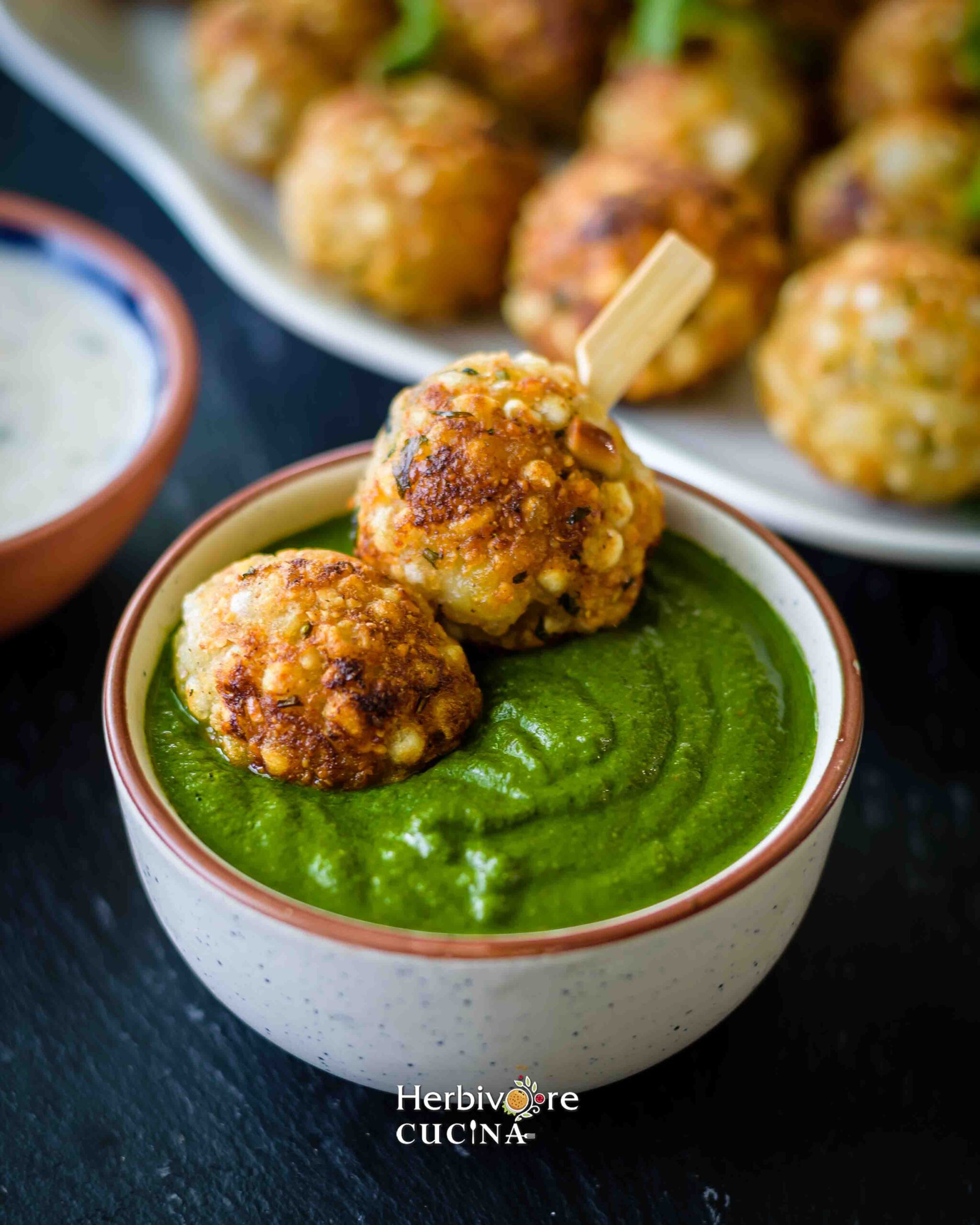
Recipe FAQs
As we use a large amount of carb and calorie dense ingredients like potatoes, sabudana and peanuts; this recipe is not exactly healthy. Though this version has far less oil than the fried ones; they can still not be classified as healthy. So consume them in moderation.
Contrary to the flattened fried sabudana vada, these are shaped round. This is to ensure they cook well on all sides in the cavity of the appe pan.
We use about ½ teaspoon oil for each sabudana vada cooked in the appe pan. Increase that to get super crisp vadas.
Certainly. If not making for a fast, feel free to add shredded or chopped vegetables to the sabudana mixture.
Sabudana appe pair brilliantly with cilantro chutney, yogurt, sweet dates chutney, masala chai and tomato ketchup.
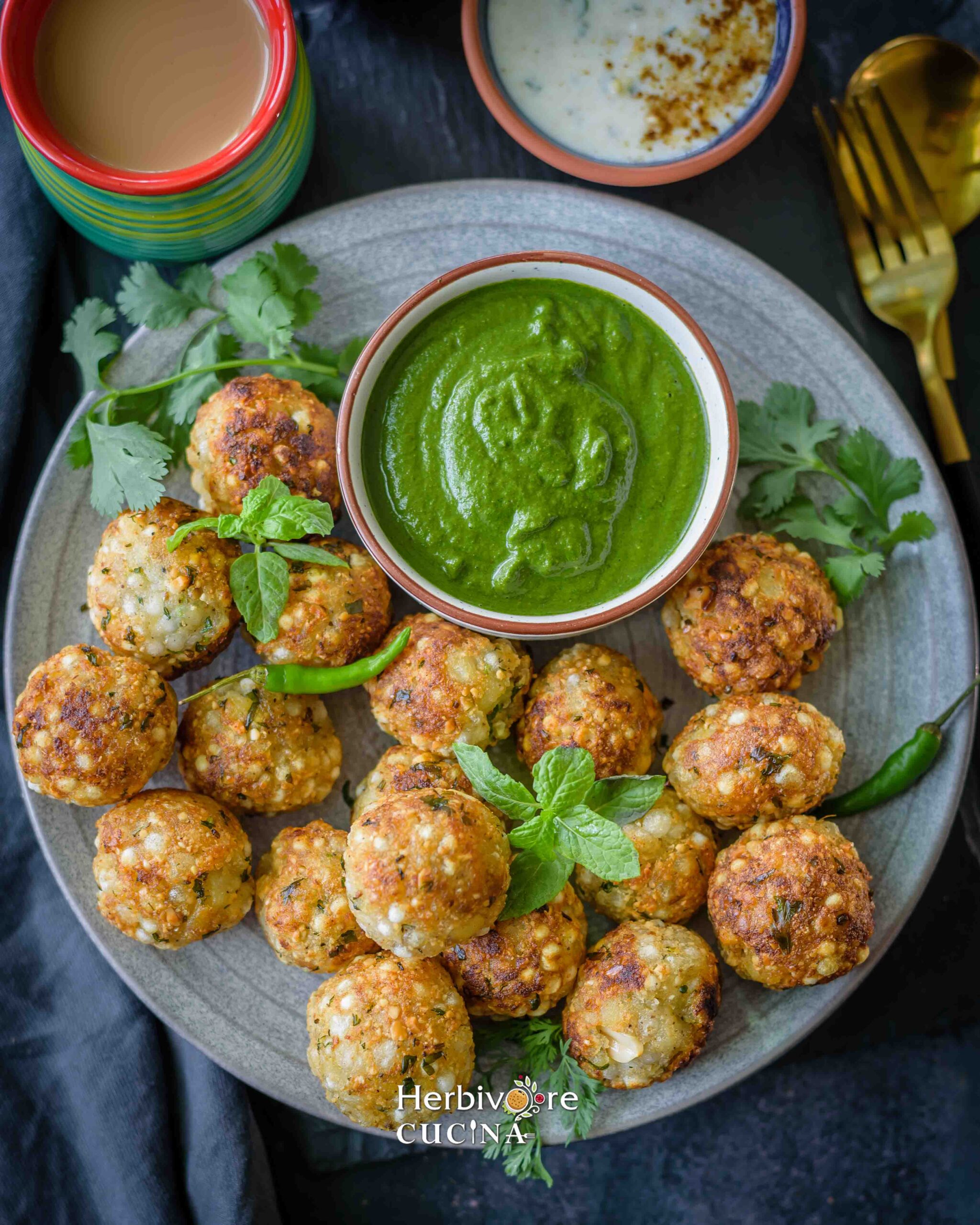
Pairings
These sabudana vadas pair wonderfully with all the chutneys, yogurt and even chai. Here are the best pairings.
More Fasting Recipes
Love this recipe? Please leave a star rating in the recipe card below & if you REALLY like it, consider a review in the comments whilst you are there, thanks!

Non-Fried Sabudana Vada | Sago Fritters
Ingredients
- 1 cup Sabudana
- 2 medium Potato
- 1 teaspoon Green chili and ginger paste
- ⅓ cup Peanuts
- ¼ cup Cilantro (chopped)
- 1 teaspoon Cumin Powder
- ½ teaspoon Black Pepper Powder
- 1 teaspoon Salt
- 1 ½ teaspoon Sugar
- 1 teaspoon Lime Juice
- ¾ cup Water
- Oil to cook
Instructions
- Rinse sabudana well and soak in water for at least 6 hours or overnight.1 cup Sabudana, ¾ cup Water
- After soaking, the pearls should be soft and there should not be any water left in the bowl.
- Dry roast the peanuts on medium flame. Once they are aromatic, remove from flame and cool.⅓ cup Peanuts
- Remove the shells and process to a coarse powder; set aside.
- Pressure cook the potatoes with a pinch of salt.2 medium Potato
- Peel and mash them; set aside.
- In a bowl add sabudana and potatoes.
- Then add all these ingredients except oil to the bowl.1 teaspoon Green chili and ginger paste, ¼ cup Cilantro, 1 teaspoon Cumin Powder, ½ teaspoon Black Pepper Powder, 1 teaspoon Salt, 1 ½ teaspoon Sugar, 1 teaspoon Lime Juice
- Using a potato masher or your palms mash the mixture well.
- Apply some oil on your palms and divide the mixture into 22-23 parts. Roll them into rounds and set aside.
- Heat an aebleskiver pan and add ½ teaspoon oil in the cavities.Oil to cook
- Place one vada in each cavity and cook for a couple of minutes; till they turn brown.
- Turn them and brown on all sides for 4-5 minutes. Remove from the cavities.
- Serve with cilantro chutney or tomato ketchup. These vadas taste great with masala chai.
Video
Notes
- Soaking Sabudana: Rinse and soak sabudana in just enough water to cover the sabudana and come 1 cm above it. Different types of sabudana take varying amount of time to completely soak. Generally, 4-6 hours is the ideal soaking time for most brands.
- Perfect Potatoes: Sabudana need a binding agent; boiled and mashed potatoes work the best. Ensure they are boiled but not super soggy and mushy. I like to boil potatoes a couple of hours before using to ensure they are dry enough.
- Fixing a wet mix: If the mix tends to get wet, add a tablespoon of any fast friendly flour. This includes rajgira, samo or kuttu flour. They help absorb the excess moisture.
- Using fasting friendly ingredients: This recipe is fasting friendly according to what most people follow. However, if there is something you do not consume; leave them out. Moreover, swap regular salt with sindhalu namak.
- Oil: It is important to use a fasting friendly oil. Do not use rice bran oil etc. They are believed to not be fasting friendly. Moreover, do not skimp on the oil as the vadas might end up sticking to the pan.
- Spicy Vadas: In order to make the vadas spicy, add some more green chili and black pepper powder. Moreover, leave these out to make non-spicy ones.

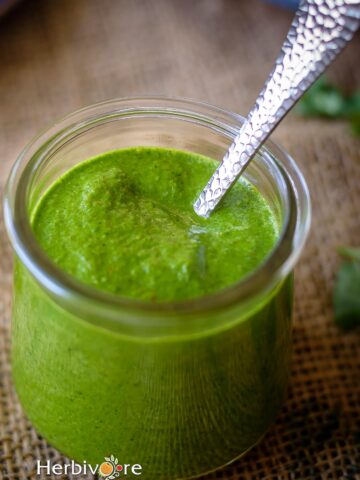
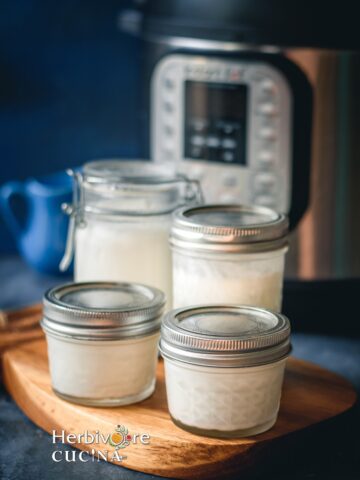
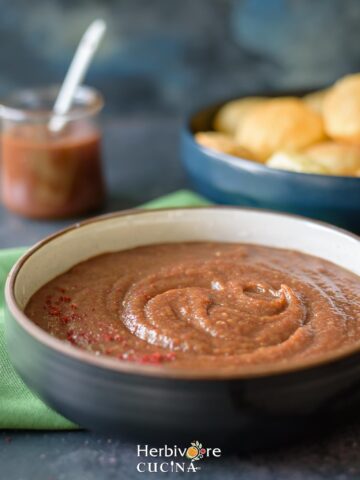
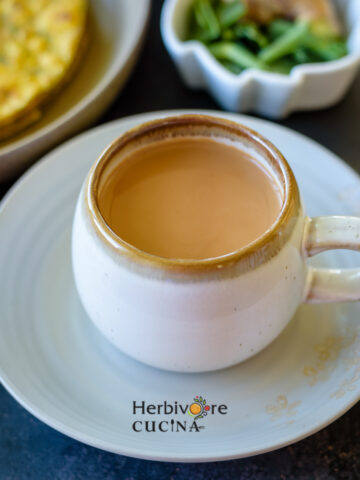
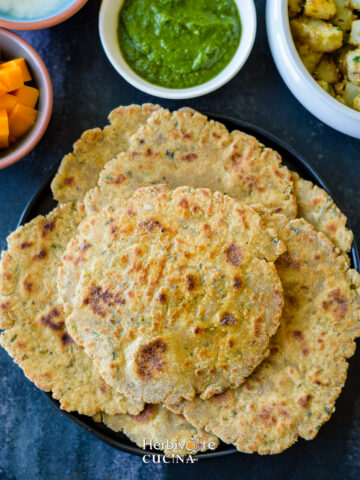
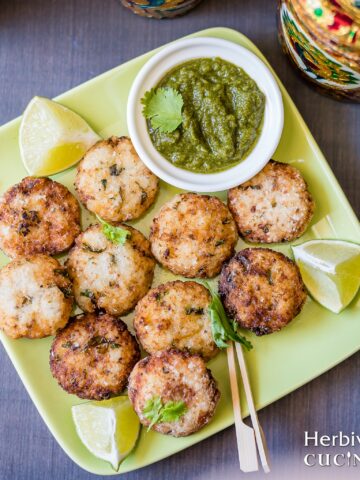
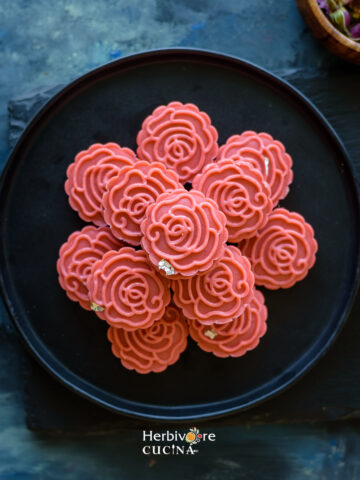
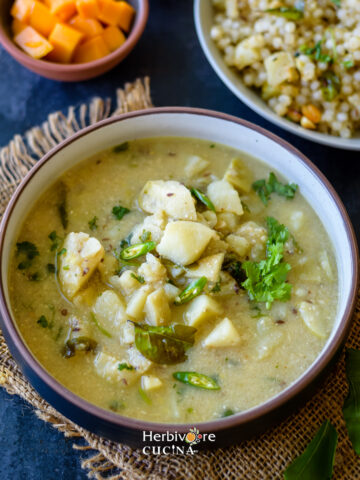

Leave a Reply